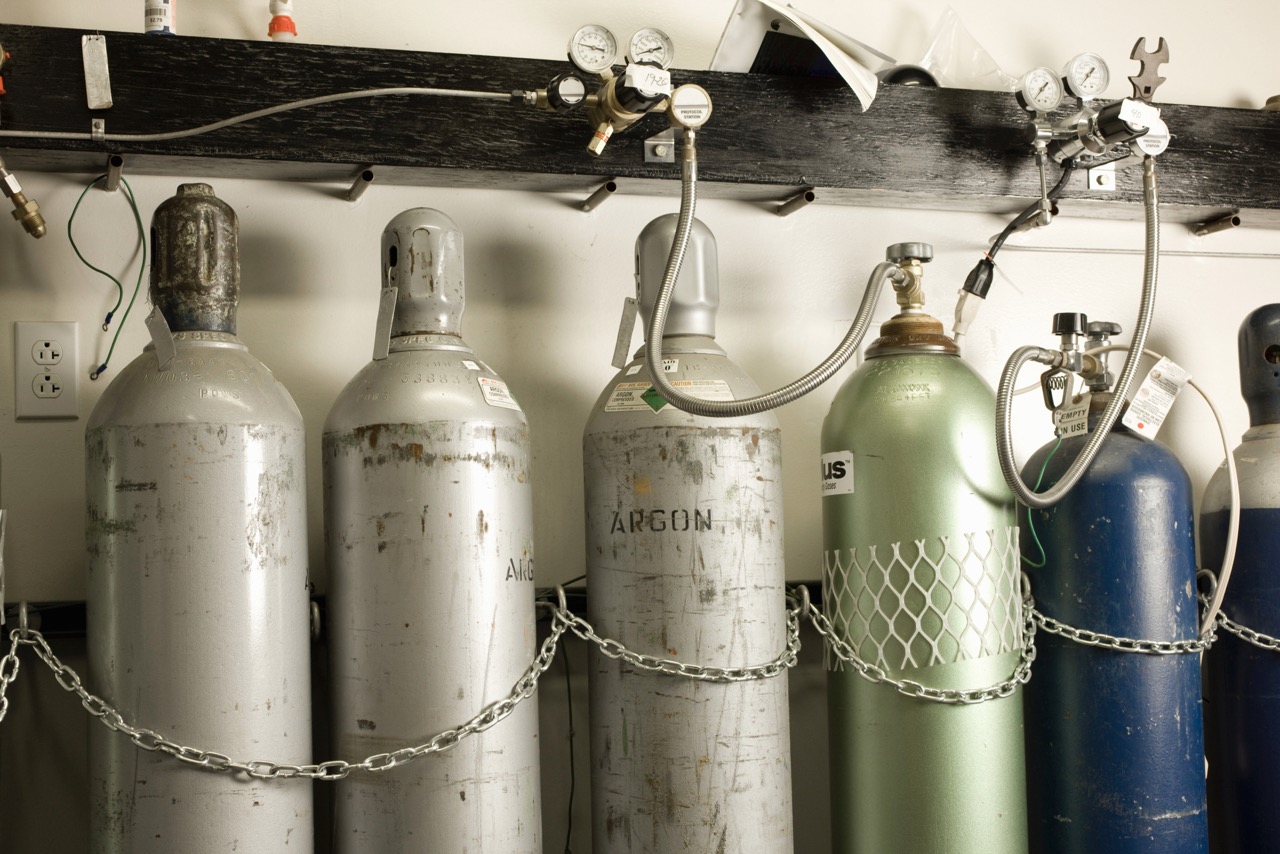

Articles
How To Store Helium Tank
Modified: October 20, 2024
Looking for articles on how to store your helium tank properly? Find expert tips and advice on storing helium tanks to ensure safety and longevity.
(Many of the links in this article redirect to a specific reviewed product. Your purchase of these products through affiliate links helps to generate commission for Storables.com, at no extra cost. Learn more)
Introduction
Welcome to our guide on how to store a helium tank safely and effectively. Helium is a versatile gas commonly used for inflating balloons, but it’s essential to handle and store it with care to ensure both safety and longevity. Proper storage practices can help prevent accidents and maintain the quality of the helium for future use.
In this article, we will provide you with step-by-step instructions on how to store a helium tank, along with some essential safety precautions. So let’s dive in and learn how to store your helium tank properly.
Key Takeaways:
- Proper storage of helium tanks is crucial for safety and longevity. Follow manufacturer’s guidelines, prioritize ventilation, and check pressure regularly to ensure safe and effective storage.
- Handling and transporting helium tanks requires caution and adherence to safety guidelines. Prioritize proper handling, secure transportation, and awareness of local regulations to prevent accidents and damage.
Read more: How To Store Helium Balloons Overnight
Safety Precautions
Before you start storing your helium tank, it’s crucial to take some safety precautions to minimize any potential risks. Follow these guidelines to ensure a safe storage process:
- Read the Manufacturer’s Instructions: Familiarize yourself with the manufacturer’s guidelines for handling and storage of the specific type of helium tank you have. Different tanks may have specific requirements or recommendations.
- Handle with Care: Always handle the helium tank with care to avoid any physical damage or mishaps. Avoid dropping the tank or exposing it to excessive force or heat which can cause leaks or ruptures.
- Keep Away from Flames and Ignition Sources: Helium is an extremely flammable gas, so it’s crucial to store the tank away from open flames, sparks, or any potential sources of ignition. This includes cigarettes, stoves, heaters, and electrical appliances.
- Store in a Secure, Well-Ventilated Area: Ensure that the storage location is well-ventilated to prevent the build-up of gas. Avoid storing the tank in small, enclosed spaces or areas with poor ventilation.
- Keep Out of Reach of Children: Helium tanks should always be kept out of the reach of children and pets. Store them in a secure location, preferably with a lock, to prevent unauthorized access or tampering.
- Use Protective Gear: Whenever handling the helium tank, consider using protective gloves and safety goggles to minimize any potential risks.
- Do Not Inhale Helium: Inhaling helium can be dangerous and cause serious health issues. Helium displaces oxygen in the lungs, leading to oxygen deprivation and potential asphyxiation. Always handle helium tanks responsibly and educate others about the dangers of inhaling helium.
- Follow Disposal Guidelines: If you no longer require the helium tank or it has reached its expiration date, follow the proper disposal guidelines mandated by your local authorities or recycling facilities.
Before storing your helium tank, ensure that you have taken all necessary safety precautions to minimize any potential risks. By following these guidelines, you can ensure a safe storage process and protect yourself and others from potential hazards.
Selecting a Storage Location
Choosing the right storage location for your helium tank is crucial to ensure its safety and longevity. Consider the following factors when selecting a storage location:
- Adequate Ventilation: The storage area should have proper ventilation to prevent the accumulation of gas. Avoid storing the helium tank in small, enclosed spaces or areas with limited airflow. Ideally, choose a well-ventilated room or outdoor area.
- Stable Surface: Place the tank on a stable, flat surface that can support its weight. Avoid placing it on uneven surfaces or near edges where it could be easily knocked over or fall.
- Away from Heat Sources: Helium is sensitive to heat and can expand inside the tank when exposed to high temperatures. Store the tank away from direct sunlight, heaters, radiators, or any other sources of heat. Elevated temperatures can increase pressure inside the tank and potentially cause leaks or ruptures.
- Avoiding Moisture: Moisture can corrode the tank and its valves, leading to potential leaks. Keep the tank away from areas prone to high humidity or water sources such as sinks, showers, or basements prone to flooding.
- Secured Location: Ensure that the storage area is secure and inaccessible to children or unauthorized individuals. Consider using a lock or other security measures to prevent tampering or accidental access.
- Preferred Temperature Range: While it’s important to avoid temperature extremes, storing the helium tank in a controlled environment within the manufacturer’s recommended temperature range is ideal. Extreme heat or cold can affect the pressure inside the tank and the overall quality of the helium.
By considering these factors, you can select an optimal storage location that provides the necessary ventilation, stability, and protection for your helium tank. Remember to review the manufacturer’s instructions for any specific recommendations regarding storage location for your particular tank.
Cleaning the Tank
Before storing your helium tank, it’s important to ensure that it is clean and free from any dirt, debris, or contaminants. Follow these steps to effectively clean your helium tank:
- Empty the Tank: Make sure that the tank is completely empty of helium before proceeding with the cleaning process. Release any remaining gas by slowly opening the valve and allowing it to escape in a well-ventilated area.
- Remove the Regulator: Detach the regulator from the tank by turning it counterclockwise. The regulator is typically connected to the tank valve and controls the flow of gas. Set it aside for cleaning separately, if necessary.
- Clean the Exterior: Use a mild detergent or cleaning solution with warm water to clean the external surface of the tank. Gently scrub away any dirt or residue, paying extra attention to the valve area. Rinse thoroughly with clean water and dry the tank completely using a clean cloth or towel.
- Inspect the Valve: Examine the valve for any signs of damage, such as cracks or leaks. If you notice any issues, it’s advisable to consult a professional or contact the manufacturer for further guidance. Do not attempt to use a damaged tank as it can be dangerous.
- Clean the Regulator (if applicable): If the regulator requires cleaning, rinse it with warm water and a mild detergent. Gently scrub away any residue or buildup using a soft brush. Rinse thoroughly and allow it to dry completely before reattaching it to the tank.
- Properly Store Cleaning Supplies: After cleaning, ensure that any cleaning supplies or materials used are stored safely and appropriately. Dispose of any chemicals or solutions according to local regulations.
- Store the Tank: Once the tank and regulator (if applicable) are thoroughly cleaned and dry, you can proceed with storing them safely using the guidelines mentioned earlier. Remember to seal the tank properly and keep it in a well-ventilated, secure location.
By following these steps, you can effectively clean your helium tank, ensuring that it is free from contaminants and ready for safe storage until its next use.
Removing the Regulator
Before storing your helium tank, it’s important to safely remove the regulator, which controls the flow of gas. Here are the steps to follow when removing the regulator:
- Close the Valve: Start by closing the valve on the tank. This will prevent any remaining gas from escaping when you remove the regulator.
- Release Remaining Pressure: Next, slowly open the regulator knob to release any pressure or gas that might still be present. This step is crucial for safety and prevents sudden gas release when detaching the regulator.
- Disconnect the Regulator: Once the pressure is released, locate the connection point between the regulator and the tank valve. Depending on the type of regulator, it may be connected by a threaded connection or a quick-release mechanism. Follow the manufacturer’s instructions to properly disconnect the regulator from the tank valve.
- Inspect the Connection: After removing the regulator, take a moment to inspect the connection point for any damage or contamination. If you notice any issues, such as damaged threads or debris, it’s important to address them before reattaching a new regulator.
- Secure the Regulator: Once the regulator is detached, safely secure it for cleaning or storage if necessary. Follow the manufacturer’s instructions for proper handling and storage of the regulator.
Removing the regulator safely ensures that there is no gas flow or pressure when storing the helium tank. This step is crucial for both safety and proper storage of the tank. Remember to handle the regulator with care, and if you encounter any difficulties or are unsure of the process, consult the manufacturer’s instructions or seek professional assistance.
Read more: How To Store A Propane Tank
Properly Sealing the Tank
Properly sealing the helium tank is essential to ensure that the gas remains contained and to maintain its quality for future use. Follow these steps to seal the tank effectively:
- Clean the Valve: Before sealing the tank, ensure that the valve is clean and free from any debris or residue. Wipe it down with a clean, dry cloth to remove any dust or particles.
- Tighten the Valve: Make sure that the valve is securely closed by turning it clockwise until it is snug. Be careful not to overtighten it, as this can cause damage to the valve.
- Check for Leaks: Conduct a leak check to ensure that there are no gas leaks from the valve or any other part of the tank. Apply a solution of soapy water to the valve area and observe for any bubbles. If you notice bubbles forming, it indicates a leak, and the tank should not be stored until the issue is resolved.
- Use a Valve Cap: Consider using a valve cap to further secure the tank and prevent any accidental gas release. Valve caps are specially designed to fit the valve and provide an extra layer of protection. Consult the manufacturer’s instructions or consult a helium tank supplier for recommended valve caps.
- Label the Tank: It’s a good practice to label the tank with important information such as the date of storage, type of gas, and any other relevant details. This will help you keep track of the tank’s status and ensure proper handling and usage in the future.
- Store the Tank Upright: For optimal storage, keep the helium tank in an upright position. This helps prevent any accidental tipping or damage to the tank and valve.
- Store in a Secure Location: Finally, place the sealed helium tank in a secure location as per the guidelines mentioned earlier. Choose a well-ventilated area away from heat sources, flames, and children’s reach.
Properly sealing the helium tank ensures the gas is contained, prevents leaks, and maintains its quality until the next use. By following these steps, you can store your helium tank with confidence, knowing that the gas is secure and ready for future use.
When storing a helium tank, make sure to keep it in a well-ventilated area away from direct sunlight and heat sources. Store it upright and secure to prevent tipping or damage.
Storing in a Well-Ventilated Area
When storing a helium tank, it’s crucial to choose a well-ventilated area to ensure the safety of both the tank and the surrounding environment. Here’s why ventilation is important and how to store your helium tank in such an area:
Why is ventilation important?
Proper ventilation is essential when dealing with compressed gases like helium. It helps prevent the buildup of gas, which could lead to potentially harmful situations. Without adequate ventilation, any released gas can accumulate and create a hazardous environment with the risk of oxygen depletion or the possibility of an explosive mixture.
How to store your helium tank in a well-ventilated area:
- Select the right space: Choose a storage location that has proper airflow and ventilation. Avoid storing the tank in small, enclosed spaces, such as closets or cabinets, which can restrict air movement.
- Avoid obstructing vents: Ensure that the area where the tank is stored doesn’t have any blocked or obstructed vents. Blocked vents can hinder the proper circulation of air, leading to poor ventilation.
- Keep clear of clutter: Maintain a clear space around the tank to allow for adequate airflow. Avoid storing other items directly next to or on top of the tank, as this can restrict air circulation and compromise ventilation.
- Monitor the area: Regularly check the storage area to ensure that it remains well-ventilated. Look for any signs of poor airflow, such as stale or stagnant air. If necessary, consider using fans or opening windows to improve ventilation.
- Consider outdoor storage: If possible, storing the helium tank in a well-ventilated outdoor area can be a great option. This provides natural airflow and reduces the risks associated with keeping the tank indoors.
By storing your helium tank in a well-ventilated area, you minimize the risks associated with gas buildup, ensure a safe storage environment, and promote the longevity of the tank. Prioritize ventilation when choosing the storage location to maintain a safe and secure atmosphere for your helium tank.
Checking Tank Pressure Regularly
Regularly checking the pressure of your helium tank is crucial to ensure its safe storage and optimal performance. By monitoring the pressure, you can detect any abnormalities or leaks that may require attention. Here’s how you can check the tank pressure:
- Consult the manufacturer’s instructions: Familiarize yourself with the recommended pressure range for your specific helium tank. The manufacturer’s instructions should provide details on the preferred pressure levels and any specific guidelines for checking the pressure.
- Use a pressure gauge: A pressure gauge is an essential tool for monitoring the tank pressure. Make sure you have a reliable and accurate gauge specifically designed for the pressure range of your helium tank.
- Attach the pressure gauge: Follow the instructions provided with the pressure gauge to properly attach it to the tank’s valve. Ensure a secure connection and make sure there are no leaks around the gauge fitting.
- Read and record the pressure: Once the gauge is properly attached, read the pressure display. Take note of the pressure reading and record it for future reference.
- Compare the pressure: Compare the recorded pressure reading with the recommended pressure range provided by the manufacturer. If the pressure falls within the specified range, it indicates that the tank is properly stored and maintained. If the pressure is lower or higher than the recommended range, there may be a leak or other issue that needs to be addressed.
- Check for leaks: While checking the pressure, also inspect the tank and valve for any signs of leakage, such as hissing sounds or visible gas escaping. If you detect a leak, do not attempt to fix it yourself. Instead, consult a professional or contact the manufacturer for guidance.
- Maintain a regular checking schedule: Establish a routine of checking the tank pressure at regular intervals. The frequency may depend on factors such as the tank’s usage, storage conditions, and manufacturer’s recommendations. Regularly monitoring the pressure will help identify any issues early on and ensure the proper maintenance of the tank.
- Take necessary action: If you notice any significant deviations or abnormalities in the pressure readings, follow the manufacturer’s instructions or consult a professional for guidance. Addressing pressure-related issues promptly can help prevent potential accidents or damage to the tank.
By checking the tank pressure regularly, you can ensure the safe storage and reliable performance of your helium tank. Stay vigilant and prioritize proper maintenance to extend the lifespan of the tank and ensure optimal functionality.
Avoiding Temperature Extremes
Proper temperature management is crucial when storing a helium tank to maintain its safety and integrity. Extreme temperatures can have a significant impact on the pressure, stability, and overall quality of the tank. Here’s how you can avoid temperature extremes when storing your helium tank:
- Understand the temperature range: Familiarize yourself with the recommended temperature range for storing your specific type of helium tank. Consult the manufacturer’s instructions or reach out to a helium tank supplier for information on the appropriate temperature range.
- Avoid high temperatures: Helium is sensitive to heat, and exposure to high temperatures can result in increased pressure inside the tank. Store the tank away from direct sunlight and any sources of heat such as heaters, radiators, or hot appliances. Excessive heat can cause the pressure to exceed safe levels and potentially lead to leaks or ruptures.
- Avoid freezing temperatures: Just as excessive heat is harmful, freezing temperatures can also cause issues with the tank. Extremely cold temperatures can affect the structural integrity of the tank and potentially damage its components. Avoid storing the tank in unheated areas subject to freezing temperatures, such as garages or outdoor sheds, during the winter months.
- Choose a temperature-controlled storage area: If possible, store the helium tank in a temperature-controlled environment. Optimal temperature conditions will help ensure the stability and performance of the tank. A cool, dry room with a controlled temperature is ideal for preserving the quality of the helium and extending the lifespan of the tank.
- Monitor the storage environment: Regularly check the temperature in the storage area using a thermometer to ensure it remains within the recommended range. Make adjustments if necessary to maintain a stable temperature and avoid any fluctuations that could potentially impact the tank’s integrity.
- Consider insulation: If you’re storing the helium tank in an area with fluctuating temperatures, consider using insulation materials to help stabilize the temperature. Insulation can help protect the tank from drastic temperature changes and maintain a more consistent environment.
- Be cautious during transportation: When transporting the helium tank, avoid leaving it in extreme temperature environments, such as a hot car on a sunny day. Always keep the tank in a temperature-controlled vehicle or provide appropriate insulation during transportation to prevent potential damage or pressure fluctuations.
By avoiding temperature extremes and maintaining the recommended temperature range for storage, you can ensure the safety, stability, and longevity of your helium tank. Proper temperature management is essential for preserving the quality of the helium and ensuring the tank’s reliable performance.
Read more: How To Store Oxygen Tanks At Home
Proper Handling and Transportation of Tanks
When it comes to handling and transporting helium tanks, it’s crucial to prioritize safety and follow guidelines to avoid accidents. Here are some important considerations to ensure the proper handling and transportation of your helium tank:
- Handle with care: Helium tanks should be handled with caution to avoid damage or accidents. Always lift and move the tank using proper lifting techniques, making sure to have a firm grip on the tank and using appropriate handholds if available. Avoid dropping or subjecting the tank to impact, as this can lead to leaks or other damage.
- Secure the tank: When transporting the helium tank, ensure that it is securely fastened or held in place to prevent it from rolling or shifting during transit. Use straps or other secure restraints to keep the tank stable and minimize any potential movement.
- Protect the tank valve: The valve is a critical component of the tank, and it should be protected during handling and transportation. Avoid hitting or placing heavy objects on the valve, as this can cause damage or leaking. If possible, use a valve cap or protective cover to provide additional protection.
- Verify local regulations: Before transporting the helium tank, familiarize yourself with any local regulations or restrictions that may apply. Some areas may have specific requirements for the transportation of compressed gas cylinders, such as permits or certifications. Ensure that you comply with these regulations to avoid any legal or safety issues.
- Use appropriate transportation equipment: When moving the helium tank, make use of suitable transportation equipment, such as a hand truck or dolly designed for carrying heavy cylinders. Ensure that the equipment is in good condition and can securely support the weight of the tank.
- Protect from extreme temperatures: During transportation, it’s important to protect the helium tank from extreme temperature conditions. Avoid leaving the tank in a hot vehicle or exposing it to freezing temperatures for extended periods. If necessary, use insulation blankets or other appropriate methods to maintain a stable temperature during transit.
- Inform others about handling precautions: If you are not the sole handler of the helium tank, make sure to inform others about the proper handling precautions. Educate them about the potential hazards, such as dropping the tank or mishandling the valve, to ensure everyone involved understands the importance of safe handling practices.
- Do not transport damaged tanks: If you notice any damage, leakage, or other issues with the helium tank, do not transport it. Contact a professional or the manufacturer for guidance on how to safely handle the situation. Transporting a damaged tank can pose significant safety risks.
Proper handling and transportation are essential to ensure the safety of both the individuals involved and the integrity of the helium tank. By following these guidelines, you can minimize the risk of accidents or damage during the handling and transportation process.
Frequently Asked Questions (FAQs)
Here are some commonly asked questions about storing helium tanks:
Q: Can I store a helium tank in my garage?
A: It is generally not recommended to store a helium tank in a garage unless it is well-ventilated, secured, and the temperature can be maintained within the recommended range. Garages can be prone to temperature fluctuations, and improper ventilation can pose safety risks.
Q: How often should I check the pressure of my helium tank?
A: The frequency of pressure checks may vary depending on factors such as the specific tank, storage conditions, and usage. It is generally good practice to check the pressure periodically, such as every few months, and before each use.
Q: Can I store an empty helium tank?
A: Yes, you can store an empty helium tank. However, it is important to clean the tank, seal it properly, and store it in a well-ventilated area away from heat sources and direct sunlight.
Q: Can I store helium tanks outdoors?
A: Storing helium tanks outdoors can be an option, especially if you have a well-ventilated and secure space. However, it is important to protect the tanks from extreme weather conditions and ensure they are not exposed to direct sunlight or freezing temperatures.
Q: Can I transport a helium tank in my car?
A: Yes, you can transport a helium tank in your car, but it is important to secure it properly and ensure that it does not roll or shift during transit. Avoid leaving the tank in a hot car or exposing it to extreme temperatures for extended periods.
Q: How do I know if my helium tank is leaking?
A: Signs of a helium tank leak may include hissing sounds, a noticeable decrease in pressure or gas levels, or the appearance of bubbles when using a soap and water solution to check for leaks. If you suspect a leak, consult a professional for further assistance.
Remember to always follow the manufacturer’s instructions and guidelines specific to your helium tank for the best storage practices. If you have any concerns or questions about storing your helium tank, it is recommended to consult the manufacturer or a professional in the field.
Conclusion
Storing a helium tank properly is essential to ensure safety, maintain the quality of the gas, and prolong the lifespan of the tank. By following the guidelines provided in this article, you can store your helium tank with confidence, knowing that you are taking the necessary precautions to prevent accidents and preserve the integrity of the tank.
Remember to always prioritize safety when handling and transporting the tank. Follow the manufacturer’s instructions, adhere to local regulations, and educate others about the proper handling procedures. Regularly check the tank pressure, inspect for leaks, and store the tank in a well-ventilated area away from extreme temperatures.
Cleaning the tank, removing the regulator, properly sealing the tank, and selecting an appropriate storage location are essential steps to ensure the safe storage of the helium tank. Additionally, maintaining a well-ventilated storage area and regularly checking the tank pressure will further contribute to its safety and longevity.
By handling and storing your helium tank responsibly, you can enjoy the benefits of helium for various applications, such as balloon inflation, without compromising safety or the performance of the gas.
As always, it’s important to consult the manufacturer’s instructions and guidelines specific to your helium tank for the most accurate and detailed storage instructions. If you have any concerns or questions, don’t hesitate to reach out to the manufacturer or seek professional assistance.
With the knowledge gained from this guide, you can now confidently store your helium tank, ensuring its safety and maintaining the quality of the gas for future use.
Frequently Asked Questions about How To Store Helium Tank
Was this page helpful?
At Storables.com, we guarantee accurate and reliable information. Our content, validated by Expert Board Contributors, is crafted following stringent Editorial Policies. We're committed to providing you with well-researched, expert-backed insights for all your informational needs.


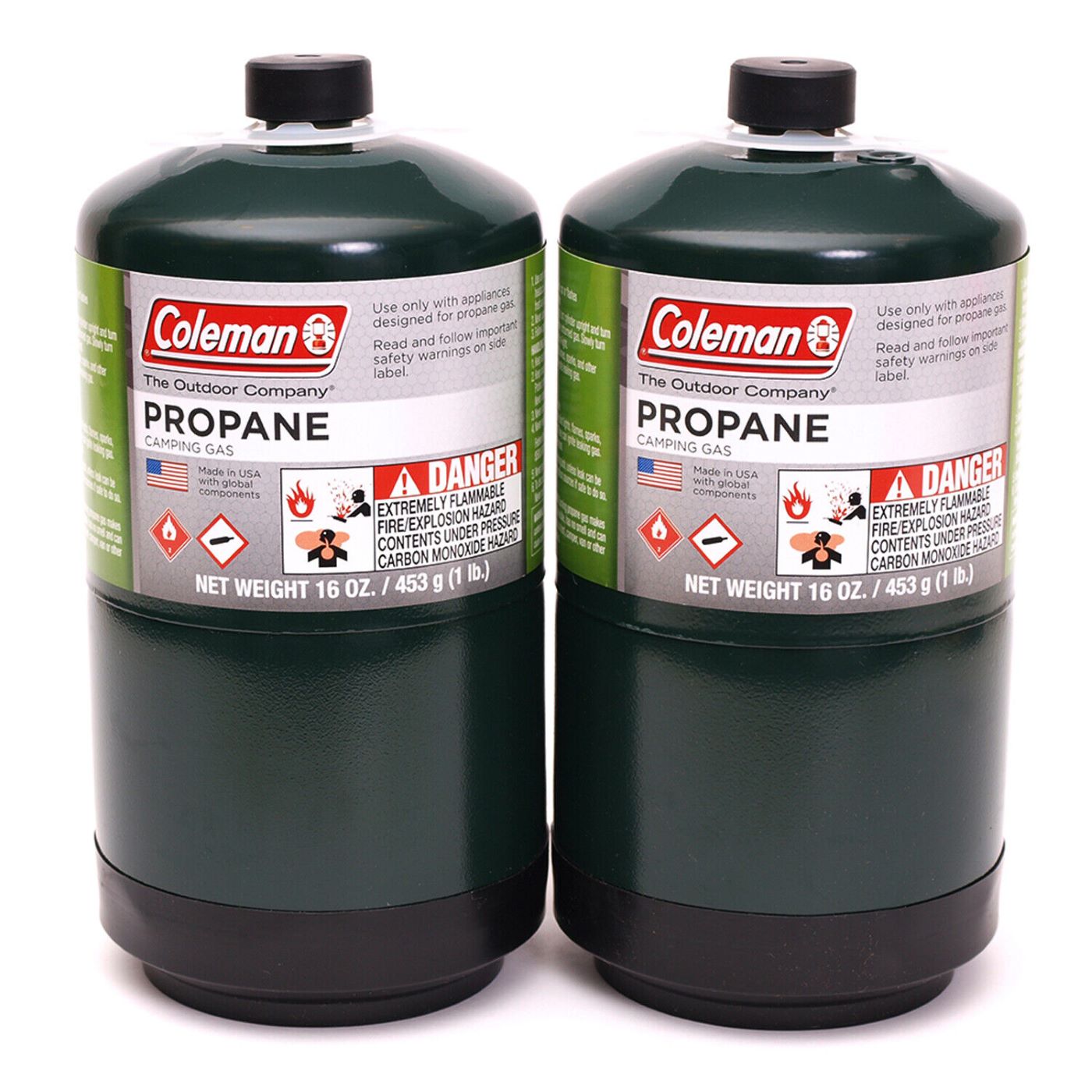



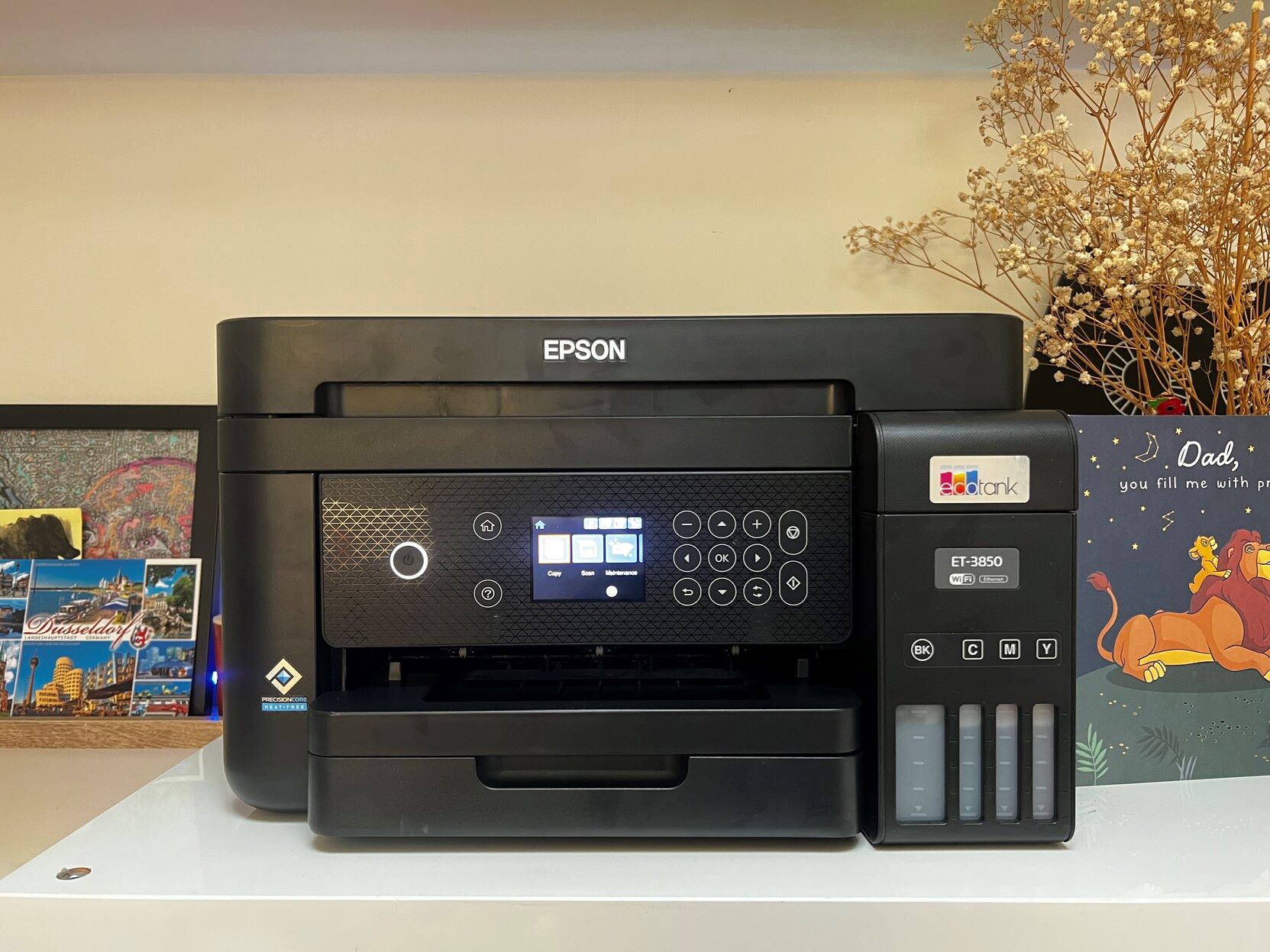
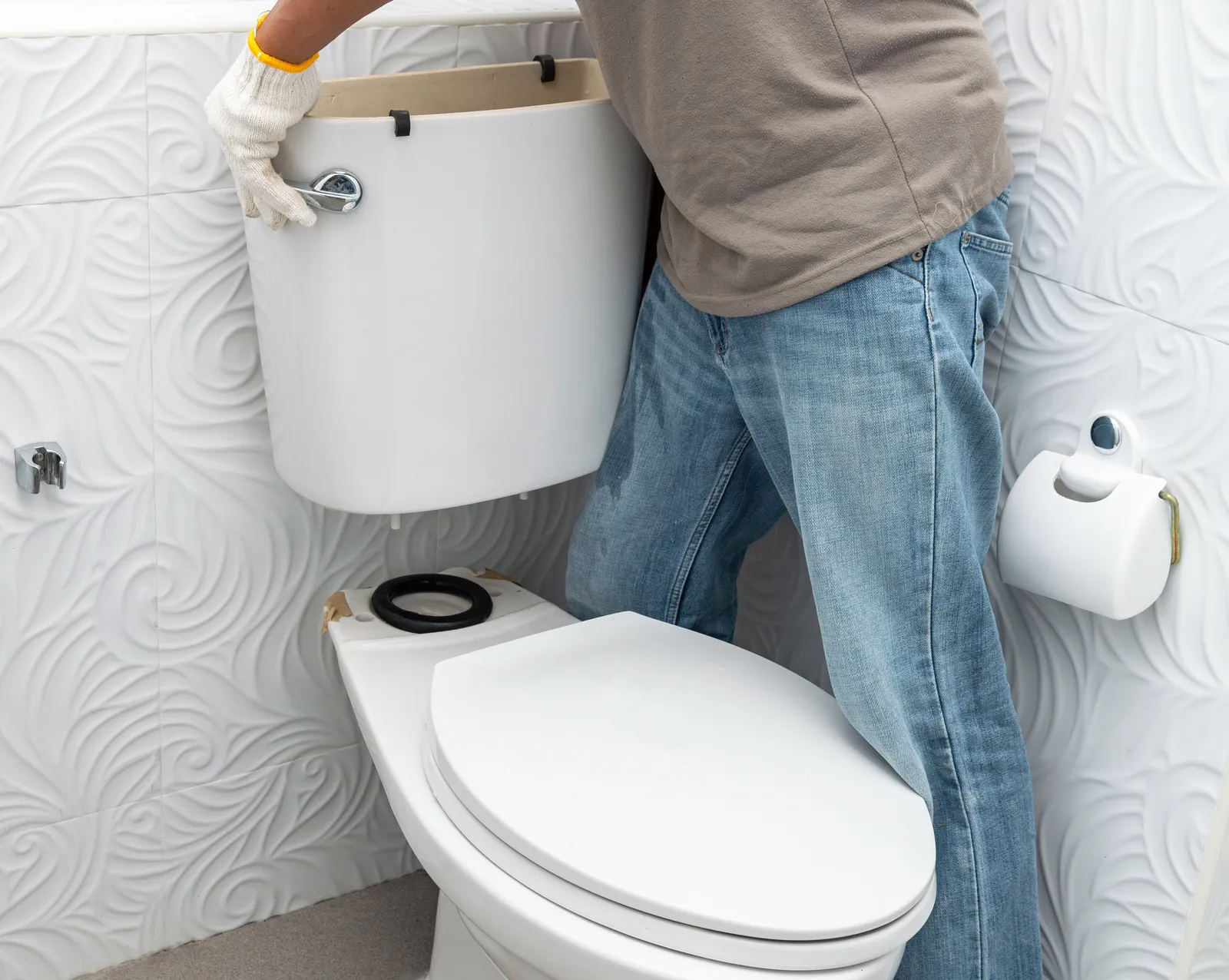
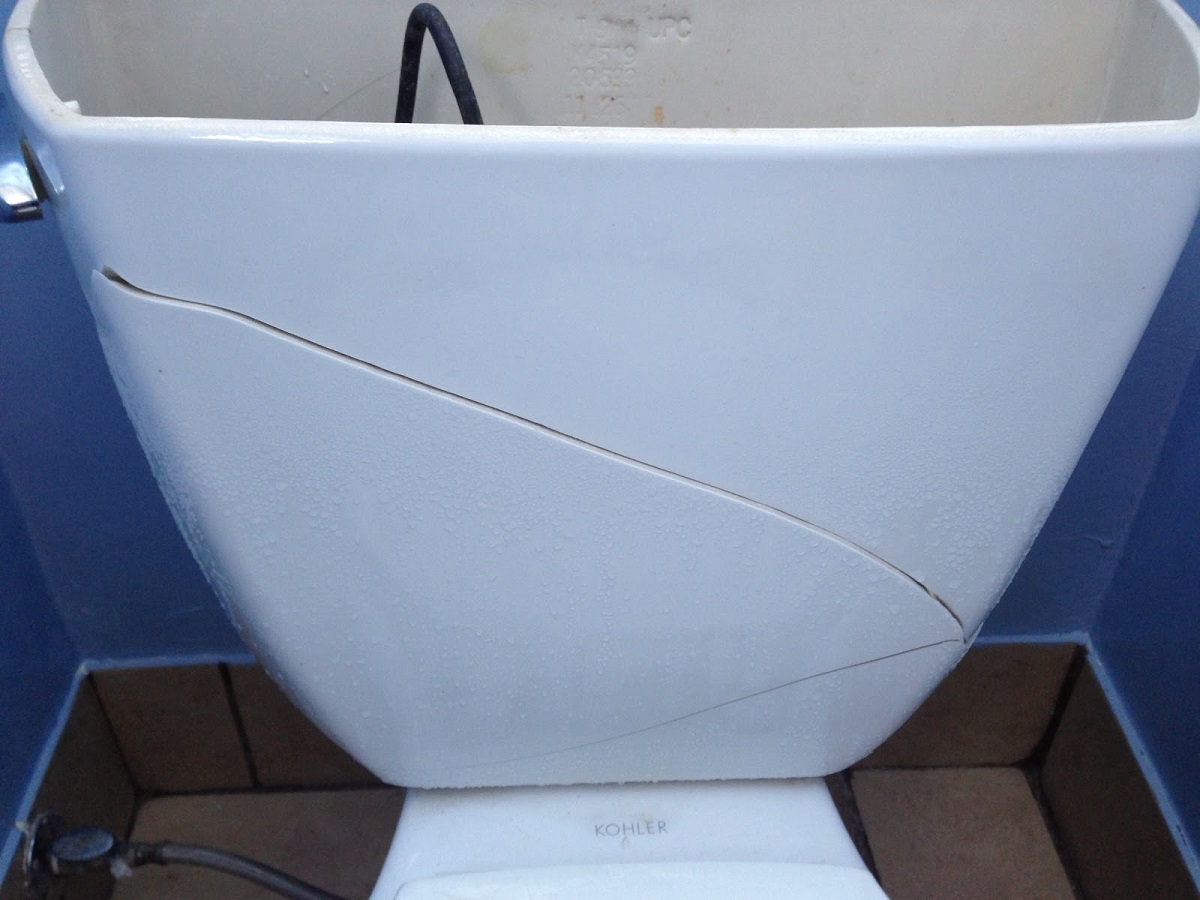
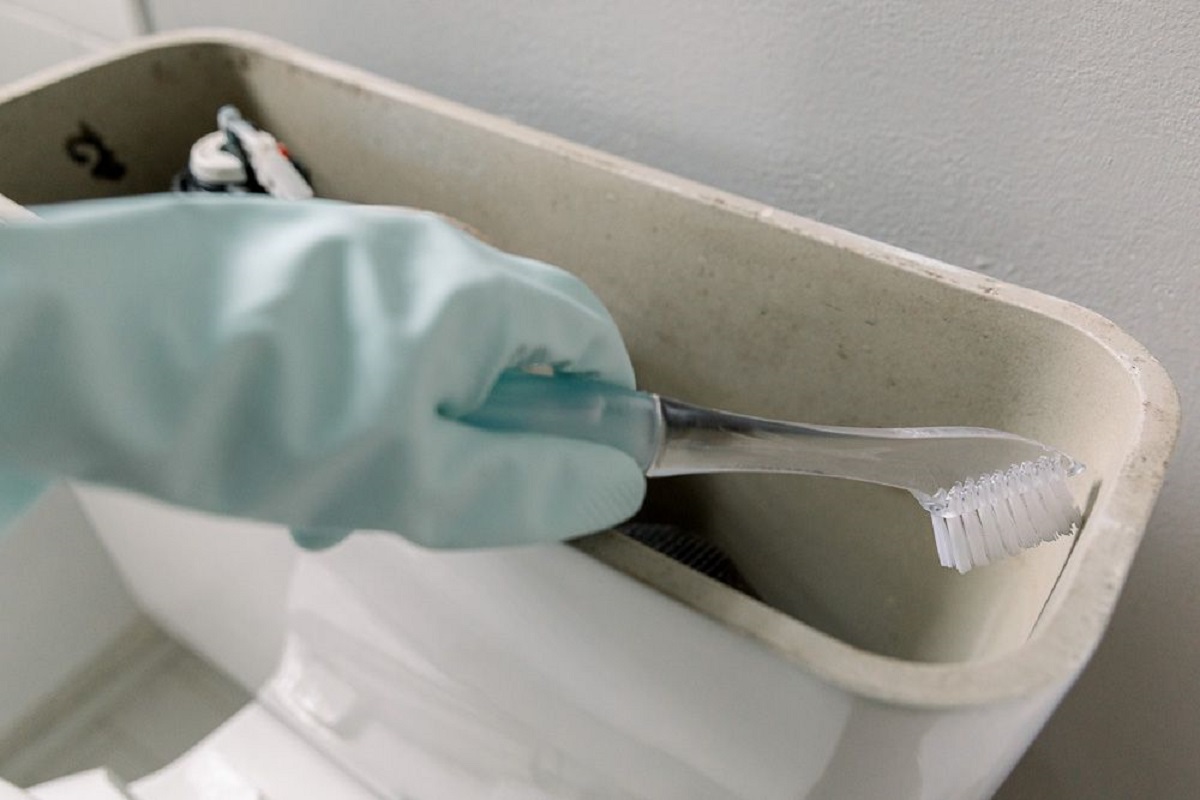
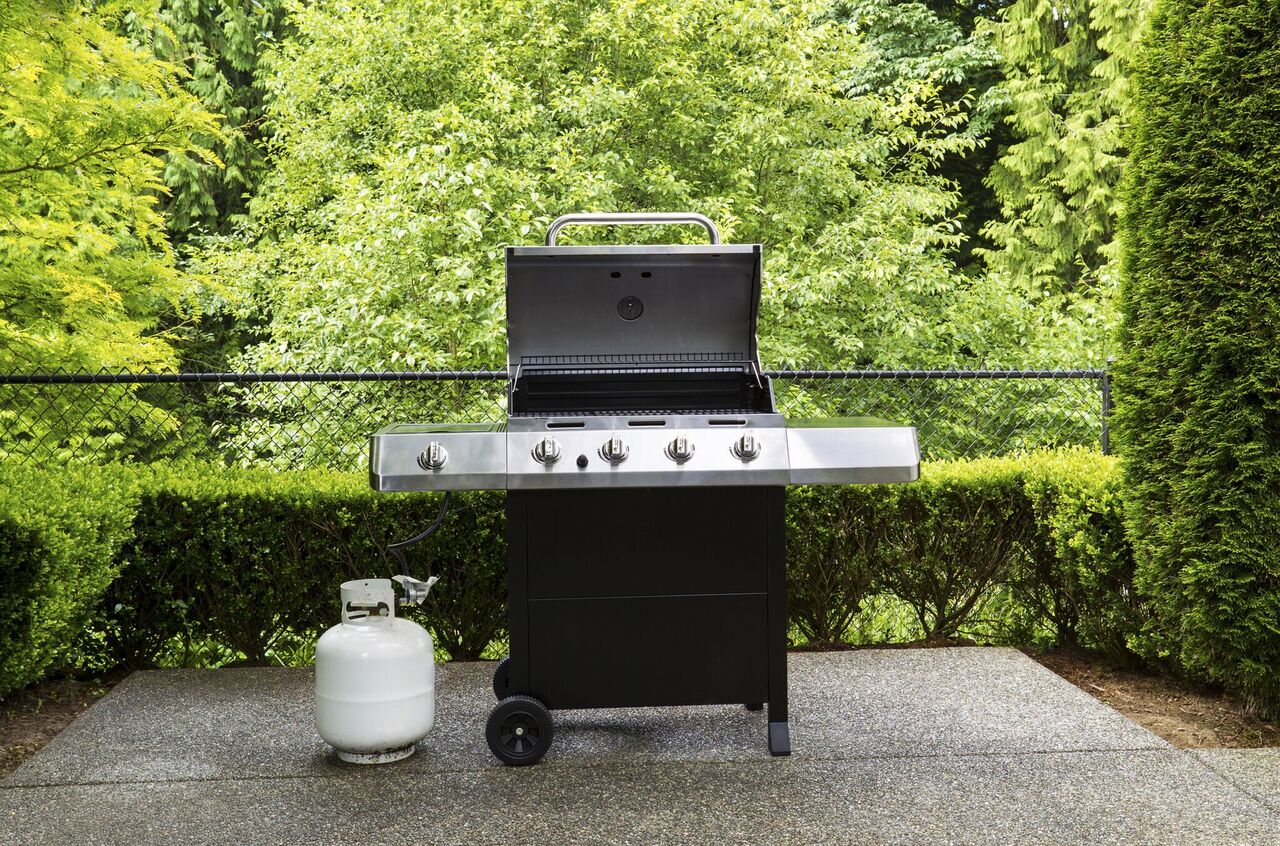

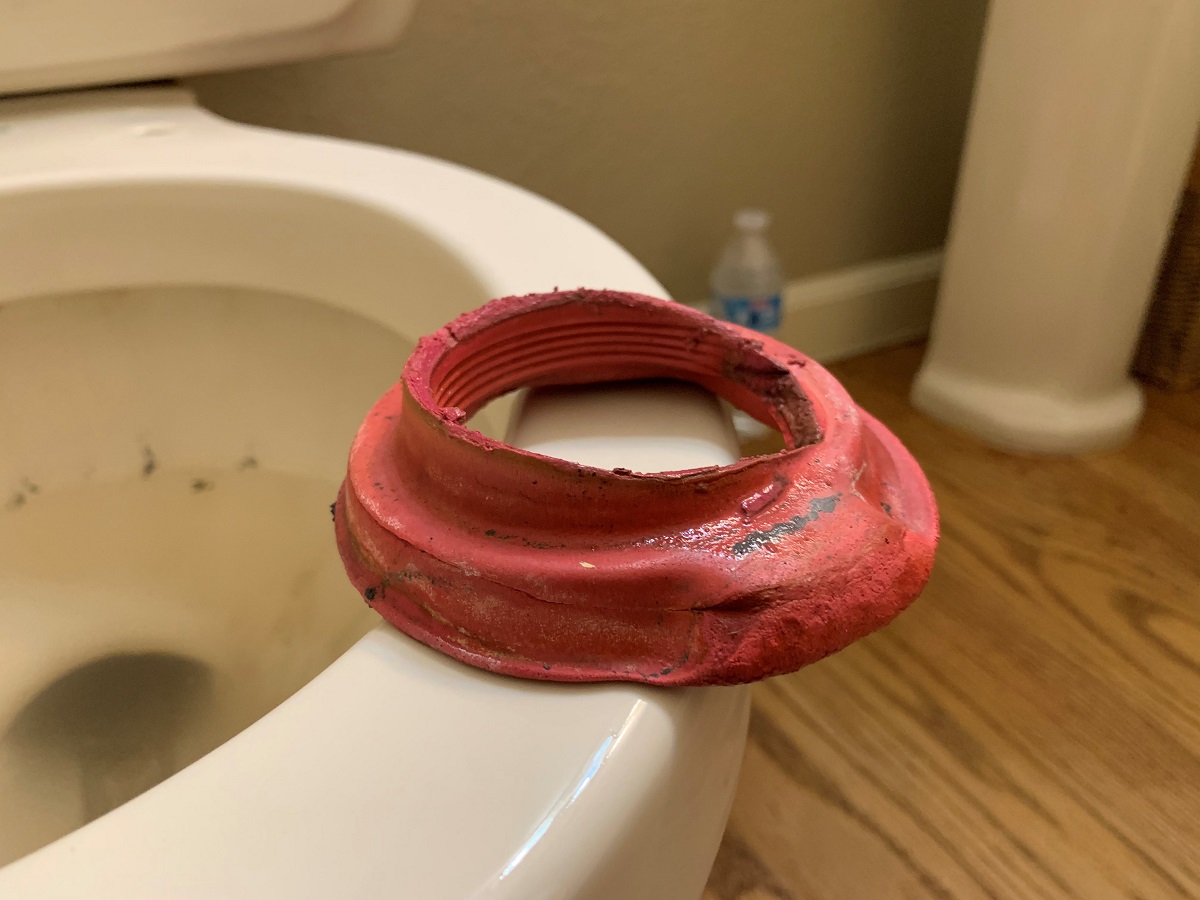

0 thoughts on “How To Store Helium Tank”